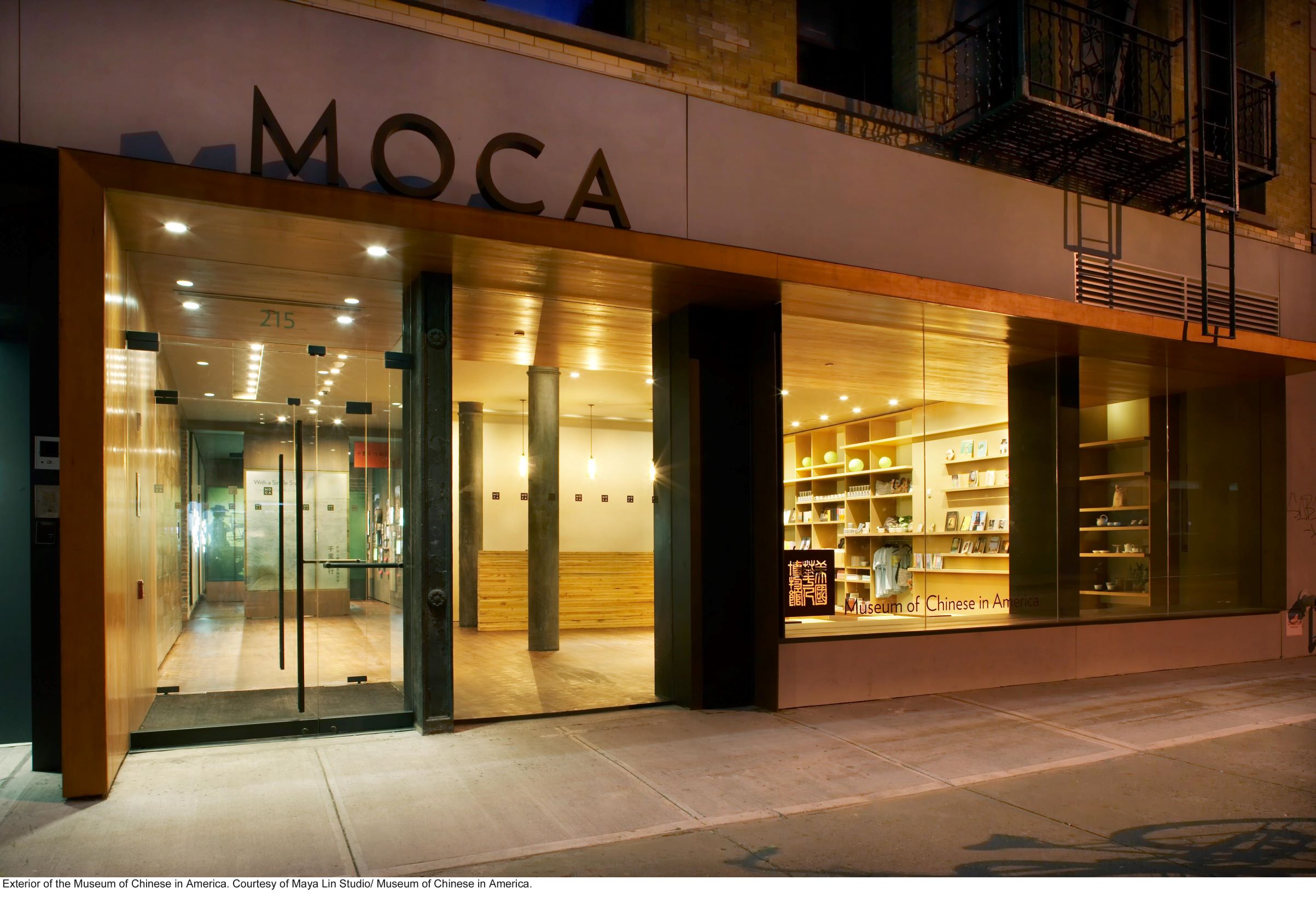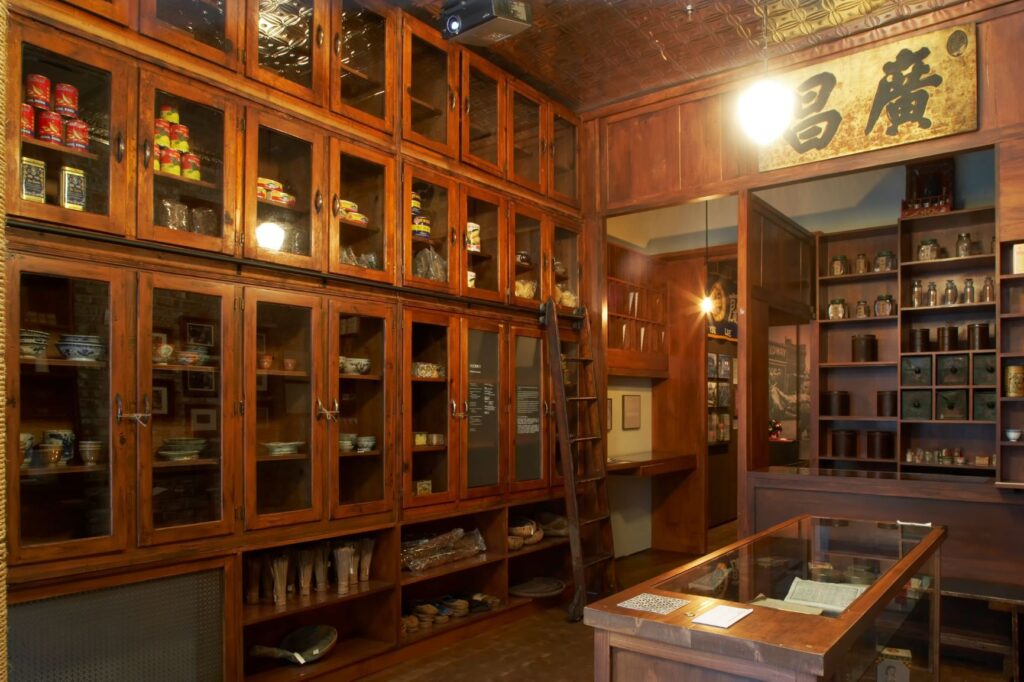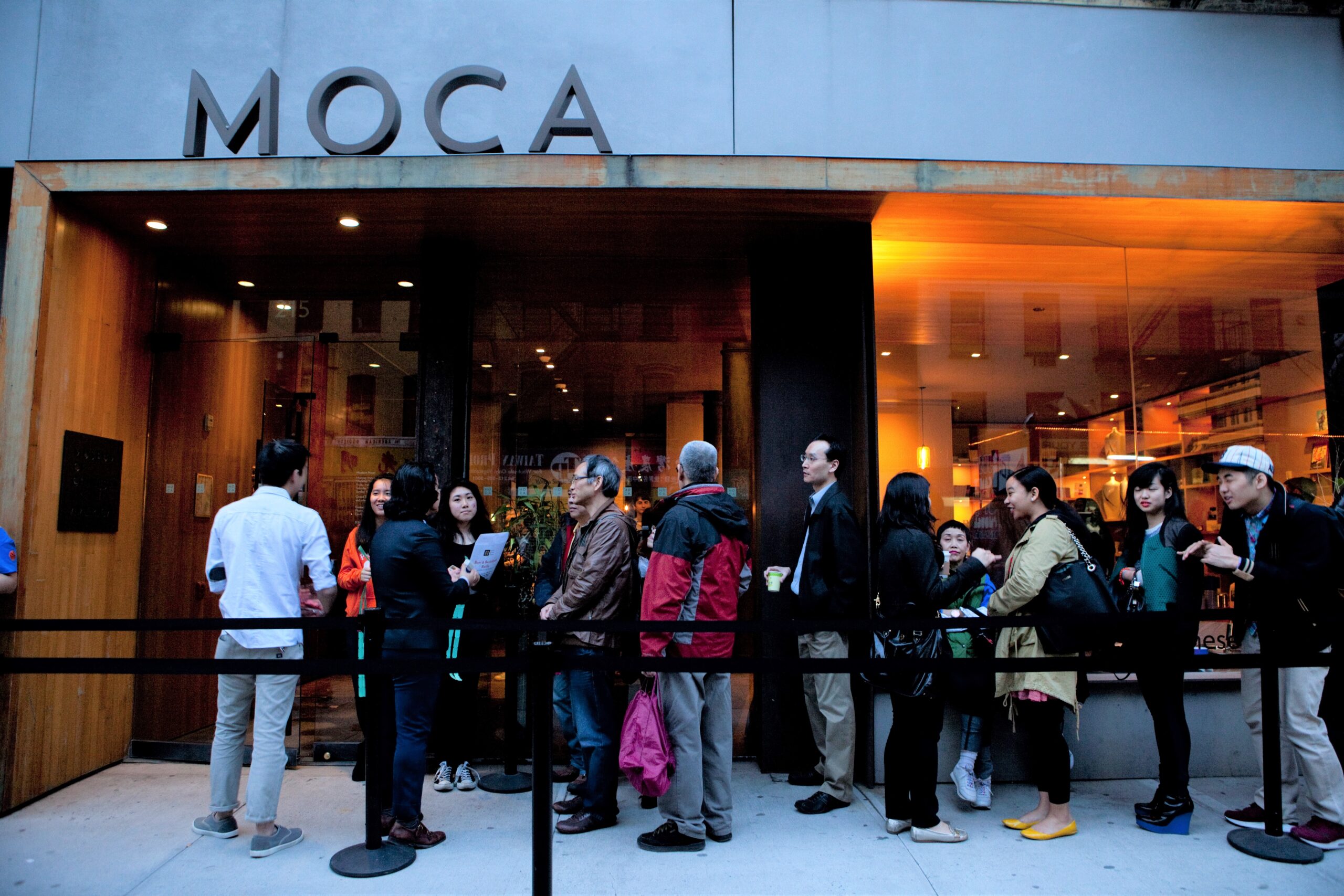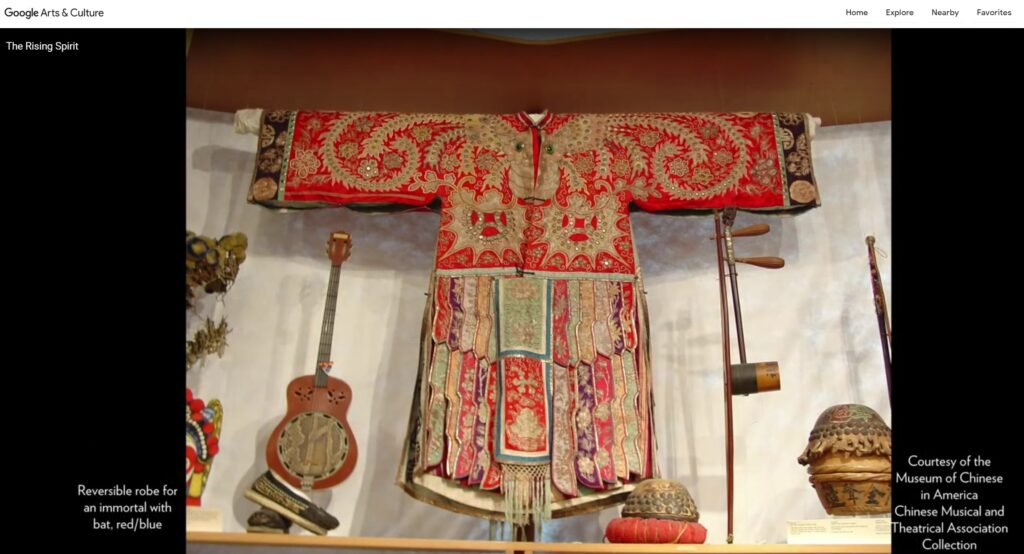The 40th anniversary of New York City’s Museum of Chinese in America (MOCA) in 2020 was anything but typical of such milestone events. In January 2020, a fierce five-alarm fire swept through 70 Mulberry Street in Chinatown, home of the museum’s irreplaceable archives. During March, the worldwide COVID-19 pandemic took hold in New York, eventually closing the museum temporarily and threatening its financial future. All this happened during a time of increased political tension and anti-Asian racism in America, when MOCA’s mission of interpreting the stories of Chinese people in America became even more important.
Supported by the city and the museum’s local, national, and worldwide communities, the museum persevered, and its organizational resilience helped power a pivot to digital presentation of its content and programs. MOCA’s four decades of work were recognized in October by the Ford Foundation and other U.S. foundations, which established a new $156 million initiative supporting Black, Latinx, and Indigenous arts organizations. Many of these organizations, historically under-represented despite their vital role in American culture, have been threatened by the pandemic. Twenty such organizations, including MOCA, were named “America’s Cultural Treasures.” MOCA’s $3 million grant will help ensure the museum’s sustainability and enable it to continue presenting narratives of Chinese Americans, both historical and contemporary, that acknowledge the rich diversity of the American experience.
MOCA Evolves
The museum began in 1980 as a community-based organization in New York City created by Jack Tchen, Charlie Lai, and others, who felt that information about Chinatown’s history and its longtime residents might be lost. They led an effort to collect photos, papers, artwork, oral histories, family heirlooms, and other documentation. Over time, the museum expanded its New York–centered mission to include the lives and histories of all Chinese Americans.
A milestone for MOCA was its 2009 move to 215 Centre Street, between Chinatown and SoHo, to a building planned by noted artist and designer Maya Lin, a longtime MOCA supporter. The new site increased the museum’s size substantially, enabling it to fulfill its role as a national center honoring the legacies and continuing contributions of Chinese Americans and making them accessible to the general public. In recent years, more than 50,000 people have visited MOCA each year, with 4 million unique users annually exploring its content via social media.
MOCA’s archives at 70 Mulberry included more than 85,000 artifacts, the world’s largest collection of Chinese American history. Heroic efforts after the January 2020 fire enabled 95 percent of the collections to be saved, and in October 2020, the MOCA Workshop (open for research by appointment only), a temporary collections and research center, opened at 3 Howard Street. There’s more work to be done, but MOCA hopes the center becomes a model for new museum scholarship and conservation training, as well as a place that invites hands-on engagement. “Trial by Fire,” a new online exhibition on Google Arts & Culture, presents the story of the fire and the dramatic recovery of fragile objects.
Exploring MOCA Now
Due to COVID-19, MOCA remains closed to the public (check the website for updates), but there’s plenty to experience online and via social media, from exhibits and special programs to kids’ activities to a digital version of the museum’s MOCA Fest in February, the time of Lunar New Year celebrations. The website is undergoing some changes at the time of this writing, so be patient; the top of the homepage highlights key items.
Good places to start exploring are the virtual exhibitions, objects, and contemporary videos available as of January 2021 on Google Arts & Culture. An engaging, narrated tour of MOCA’s core exhibition, “A Single Step: Stories in the Making of America,” on Google Arts & Culture is essential viewing. Organized chronologically and thematically, it covers topics such as the role of Chinese Americans in America’s development, including their major role in building the first transcontinental railroad; the impact of the Chinese Exclusion Act of 1882, the first federal law to restrict immigration of a particular group; stereotypes of Chinese Americans and “Chinatowns” over the decades, and the right for civil rights; the role of general stores in building community; and changes created after President Nixon’s meeting with Chairman Mao Zedong in 1972.
A virtual exhibit created for 2021, “An Unlikely Photojournalist: Emile Bocian in Chinatown,” is a collaboration between MOCA and the Center for Jewish History that uses some of the 50,000 photos of Chinatown taken by Bocian between 1976 and 1985, when the European Jewish photographer worked for a Chinatown-based newspaper. The photos became part of MOCA’s archives, and Kevin Chu unearthed their stories starting in 2014. The exhibition brings attention to a neighborhood currently struggling with a pandemic that has hurt local businesses and tourism.
People interested in live-streamed tours of the museum can email development@mocanyc.org for details.
Although its doors are closed for now, it’s clear that MOCA has met many challenges as it continues to present untold stories that represent the full breadth of the American experience.
Side Dish
MOCA’s popular food tours are on hiatus, but if you’re exploring Chinatown, take time to sample some takeout culinary treats. The family-owned, New York City fast-casual chain Xi’an Famous Foods at 45 Bayard Street is famous for its spicy cumin lamb burgers and hand-ripped noodles with cumin beef or lamb, and the menu tempts diners with many Western Chinese dishes. Jing Fong at 20 Elizabeth Street is a massive space, though for now it offers takeout and patio dining only. This is a great place to try steamed and fried dim sum, from roast pork buns to fried shrimp rolls to vegetable dumplings.
Linda Cabasin is a travel editor and writer who covered the globe at Fodor’s before taking up the freelance life. She’s a contributing editor at Fathom. Follow her on Instagram and Twitter at @lcabasin.






